 How did Türkiye get its name?
How did Türkiye get its name?
The name "Türkiye" comes from the Turkish word "Türk", which is believed to have originated from the Old Turkic word "Türi", which means "strong" or "brave".
The name "Türkiye" was first used in the 11th century by the Seljuk Turks, who established a powerful empire in Anatolia. The name was later adopted by the Ottoman Empire, which ruled over much of the region for several centuries.
Today, "Türkiye" is the official name of the modern-day Republic of Turkey, which was established in 1923 after the collapse of the Ottoman Empire. The country is also known as simply “Turkey”.
Where is Türkiye located?
Türkiye, located in both Europe and Asia, with the majority of its landmass in Asia. It is bordered by eight countries: Greece and Bulgaria to the northwest, Georgia to the northeast, Armenia, Azerbaijan, and Iran to the east, Iraq and Syria to the southeast.
The country is surrounded by four seas: the Black Sea to the north, the Aegean Sea to the west, the Mediterranean Sea to the south, and the Sea of Marmara to the northwest.
The capital city of Türkiye is Ankara, while the largest city is Istanbul, which is in the northwest of the country and the only city in the world that straddles two continents, both Europe and Asia. Istanbul was once known as Constantinople and was the capital of the Byzantine and Ottoman empires.
A Brief History of Türkiye
The history of Türkiye, dates back to ancient times, with the region being inhabited by various civilizations over the centuries. The Hittites, an ancient Anatolian people, were one of the earliest known civilizations to settle in the region, followed by the Greeks, Persians, and Romans.
In the 11th century, the Seljuk Turks established a powerful empire in Anatolia, which lasted until the 13th century when it was conquered by the Mongols. The Ottoman Empire, which was founded in the late 13th century, emerged as a dominant power in the region in the 15th century and went on to conquer much of southeastern Europe, western Asia, and northern Africa.
The Ottoman Empire lasted until the end of World War I, when it was dissolved by the Allied powers. In 1923, the modern-day Republic of Türkiye was established under the leadership of Mustafa Kemal Atatürk, who implemented a series of sweeping reforms aimed at modernizing the country and transforming it into a secular, democratic state.
Since then, Türkiye has undergone significant political, economic, and social changes, including the adoption of a new constitution in 1982 and the introduction of multiparty democracy in 1946. Today, Türkiye is a member of NATO, the United Nations, and the Council of Europe, and is one of the world's largest economies.
Most recently, Türkiye is suffering from high inflation, unemployment and trying to recover after a massive earthquake that destroyed entire cities in the southeast of the country with and the loss of at least 50,000 lives.
Turkish Culture
Türkiye, has a rich and diverse culture that reflects its long history and the influence of various civilizations that have inhabited the region over the centuries.
The Turkish language uses a modified version of the Latin alphabet, which was introduced in the 1920s as part of a series of reforms aimed at modernizing the country.
The predominate religion is Muslim, mainly Sunni. There is also a Dervish population also known as the Whirling Dervishes was founded in the Turkish city of Konya. Their trance like ceremony is a ritual designed to bring participants closer to God. The whirling Dervish is a symbol of Türkiye.
Türkiye has a rich architectural heritage, with examples of Ottoman, Byzantine, and Roman architecture found throughout the country. The Hagia Sophia and the Blue Mosque in Istanbul are two of the most famous examples. We ate breakfast at a place called Seven Hills restaurant that had amazing views of both landmarks as well as views of the Bosporus strait. Feeding passing seagulls was a highlight.
Türkiye is home to a number of UNESCO World Heritage sites, including the ancient city of Troy, the historic city of Ephesus, and the rock formations of Cappadocia. Cappadocia is also known for its hundreds of hot air balloons that go up nearly daily to view the spectacular landscape.
The traditional Turkish bath, or hamam, is a popular cultural experience, and involves a series of steam rooms, saunas, and massages.
Soccer is the most popular sport in Türkiye, with the national team and top clubs like Galatasaray and Fenerbahçe having large followings. Other popular sports include basketball, volleyball, and wrestling.
Türkiye also has a vibrant music scene, with traditional folk music, classical Ottoman music, and modern pop and rock music all being popular. The traditional stringed instrument, the saz, is a key part of Turkish music.
Turks celebrate a number of holidays and festivals throughout the year, including the national holiday of Republic Day on October 29th, the religious holiday of Eid al-Fitr, and the annual Istanbul International Film Festival.
The world's oldest known temple, Göbekli Tepe, is located in southeastern Türkiye and dates back more than 11,000 years.
Türkiye is also home to the world's first-ever shopping mall, the Grand Bazaar in Istanbul, which was built in the 15th century.
Turkish Cuisine
Türkiye, has a rich and diverse cuisine that reflects its history and the influence of various cultures. This includes the Ottomans, Central Asian nomadic Turkic tribes, Arabs, Persians, Greeks and Balkans, Mediterranean and Levantine as well as the Armenians and Jews. Its geography between Asia and Europe is also a significant influence as well as the surrounding seas.
Türkiye also has three UNESCO gastronomy cities. Gaziantep, Hatay and Denizli. They are recognized for their rich culinary traditions, and historical food culture.
Kebabs are a staple of Turkish cuisine, with various types of meat (such as lamb, beef, or chicken) grilled on skewers and served with rice, vegetables, and bread.
Another favorite is meze, a selection of small dishes that are typically served as appetizers or snacks. They can include a variety of items such as hummus, stuffed grape leaves, and eggplant dip.
Meze is also a way of serving a typical Turkish breakfast. The dishes include meats, cheeses, olives, french fries, greens, jams, and eggs.
Other specialties include pide, a type of Turkish flatbread. It is typically topped with cheese, meat, or vegetables and baked in a wood-fired oven.
Dolma is a dish made of stuffed vegetables, such as peppers, eggplants, or grape leaves. The filling can include rice, meat, or vegetables.
Lahmacun is a thin, crispy flatbread topped with minced meat, vegetables, and herbs. It is often served with a squeeze of lemon juice. They call it Turkish pizza.
Turkish manti is a traditional dish that is similar to ravioli. Manti is typically served with a sauce made from yogurt, garlic, and butter, and is often topped with red pepper flakes and dried mint.
Turkish Delight, also known as lokum, is a sweet confection made of starch, sugar, and flavorings such as rosewater or lemon. It is often served with tea or coffee.
Baklava is a sweet pastry made of layers of phyllo dough filled with chopped nuts and honey syrup. It is a popular dessert in Türkiye and throughout the Middle East.
Turkish Coffee: Turkish coffee is a strong, thick coffee that is brewed in a special pot called a cezve. It is typically served with a small glass of water and a sweet treat such as Turkish Delight.
Turkish tea, also known as çay, is a popular beverage in Türkiye, and is an important part of the country's culture and social life. It is consumed throughout the day and is often served to guests as a sign of hospitality. It is served in a small, tulip shaped, clear glass that is called "ince belli" literally translated means slim-waisted.
So let’s enjoy a Turkish Meal:
The Menu
Turkish Midye Dolma – (Stuffed Mussels)
Turkish Kirmizi Mercimek Corbasi - (Red Lentil Soup)
Turkish Manti (Turkish Lamb Dumplings)
Samsa Milfoy Tatlisi (Puff Pastry with Walnuts or Hazelnuts)
We set the scene with the Turkish flag features a red background with a white crescent moon and star, which are symbols of Islam and the Ottoman Empire. We also placed tulips as they are the national flower, a picture of the grey wolf, as it is the national animal. A photo of the Whirling Dervish was placed who are also a symbol of Turkey, as well as some cotton, as they are a large exporter plus the evil eye, a symbol to keep away bad spirits.
Our first appetizer comes from the sea, a street food found all over where vendors sell mussels that are stuffed with rice, currants and pine nuts. You simply remove the top shell squeeze with a bit of lemon and savor the bite.
Our first course was their famous red lentil soup. It is delectable with the lentils being blended for a smooth creamy texture. It is gently flavored with cumin and topped with red pepper flakes and a squeeze of lemon. This is a quintessential dish that is found literally all over Turkey. A true staple and a delicious one at that.
For the main course, we savored manti, wonderful little flavorful dumpling stuffed with minced lamb. They are served in a yogurt-based sauce, a chili oil and topped with with fresh mint. It is said that a woman makes a good wife if she can make manti small enough to fit 40 in a spoon. An extremely difficult task indeed!
For dessert, samsa, a wonderful treat that is made with puffed pastry and hazelnuts, or walnuts. Did you know that Türkiye is the number one exporter of hazelnuts? A perfect dessert to enjoy with tea or coffee, Turkish style of course.
As we say goodbye to this amazing country that is full of so much history and delicious food. I leave you with a few famous Turkish quotes.
“A person’s greatest victory is to fight against their own fears within.” Elif Safak
“A person’s true wealth is measured not by what they possess, but by the love they have” Nfazim Hikmet
“The true strength of a nation emerges when it identifies with its true values” Mustafa Kemal Ataturk.
“A person’s worth is measured not by what they say, but by what they do.” Mevlana
Until next time,
Warmest regards,
Darlene


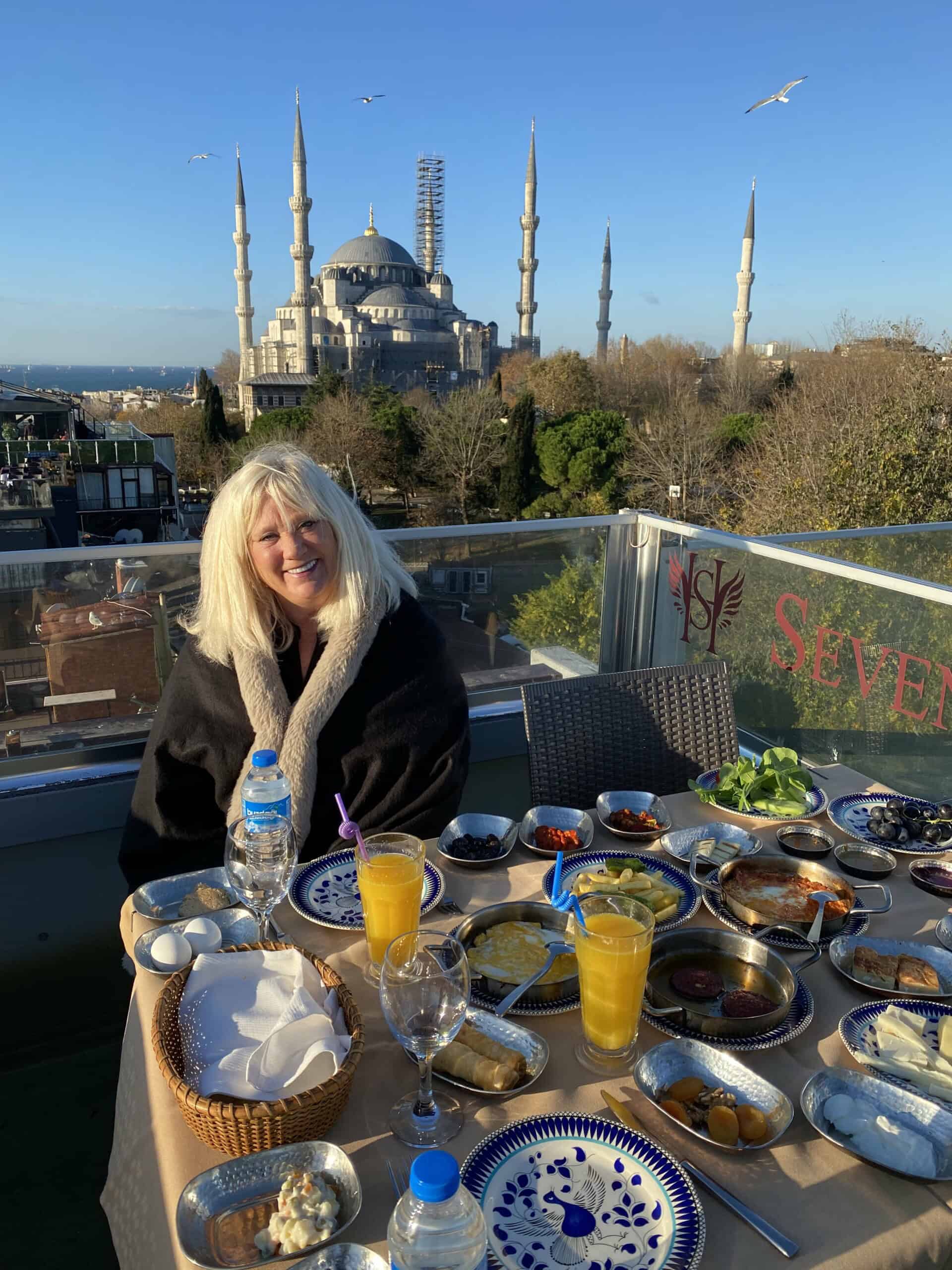

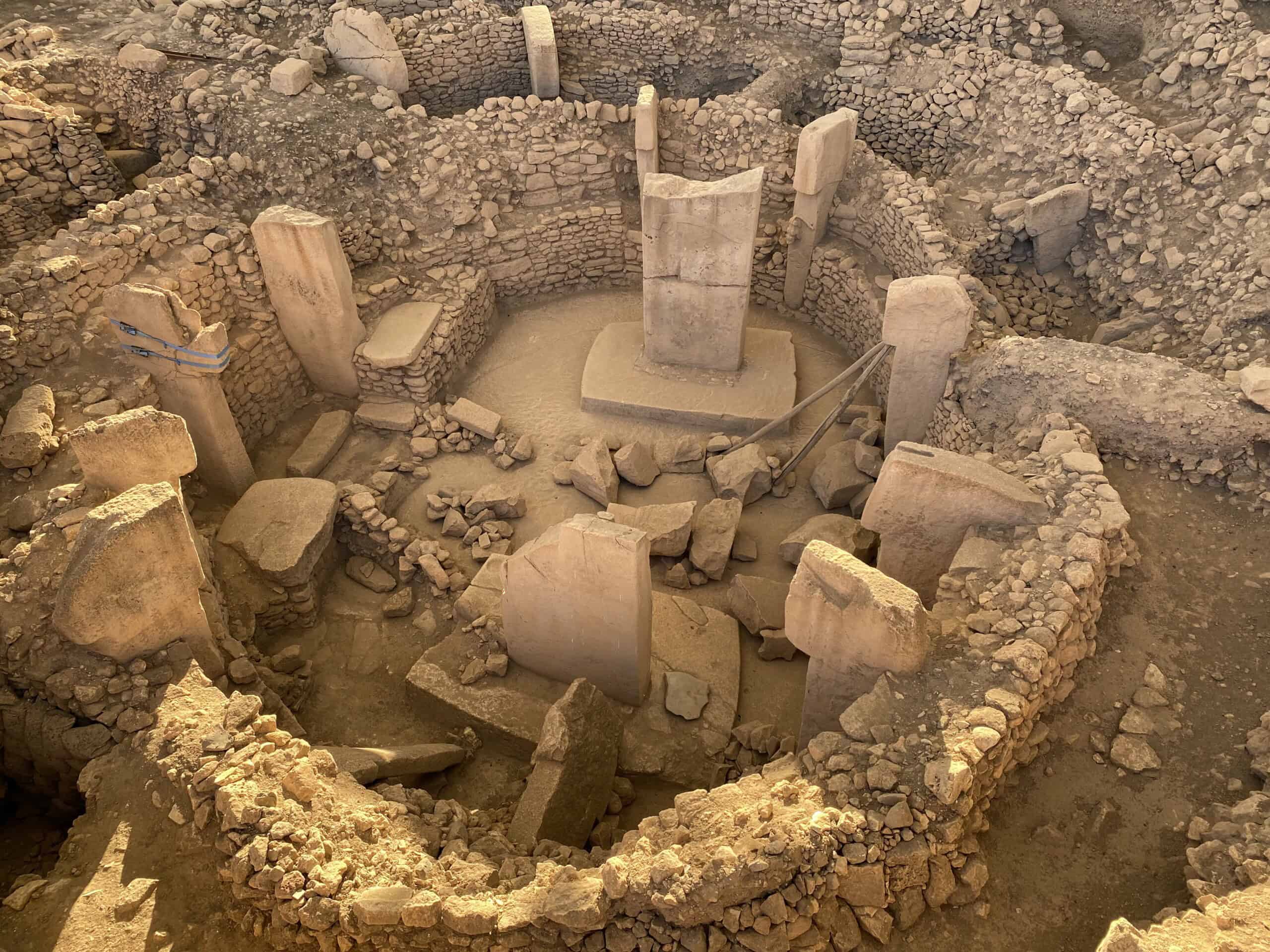
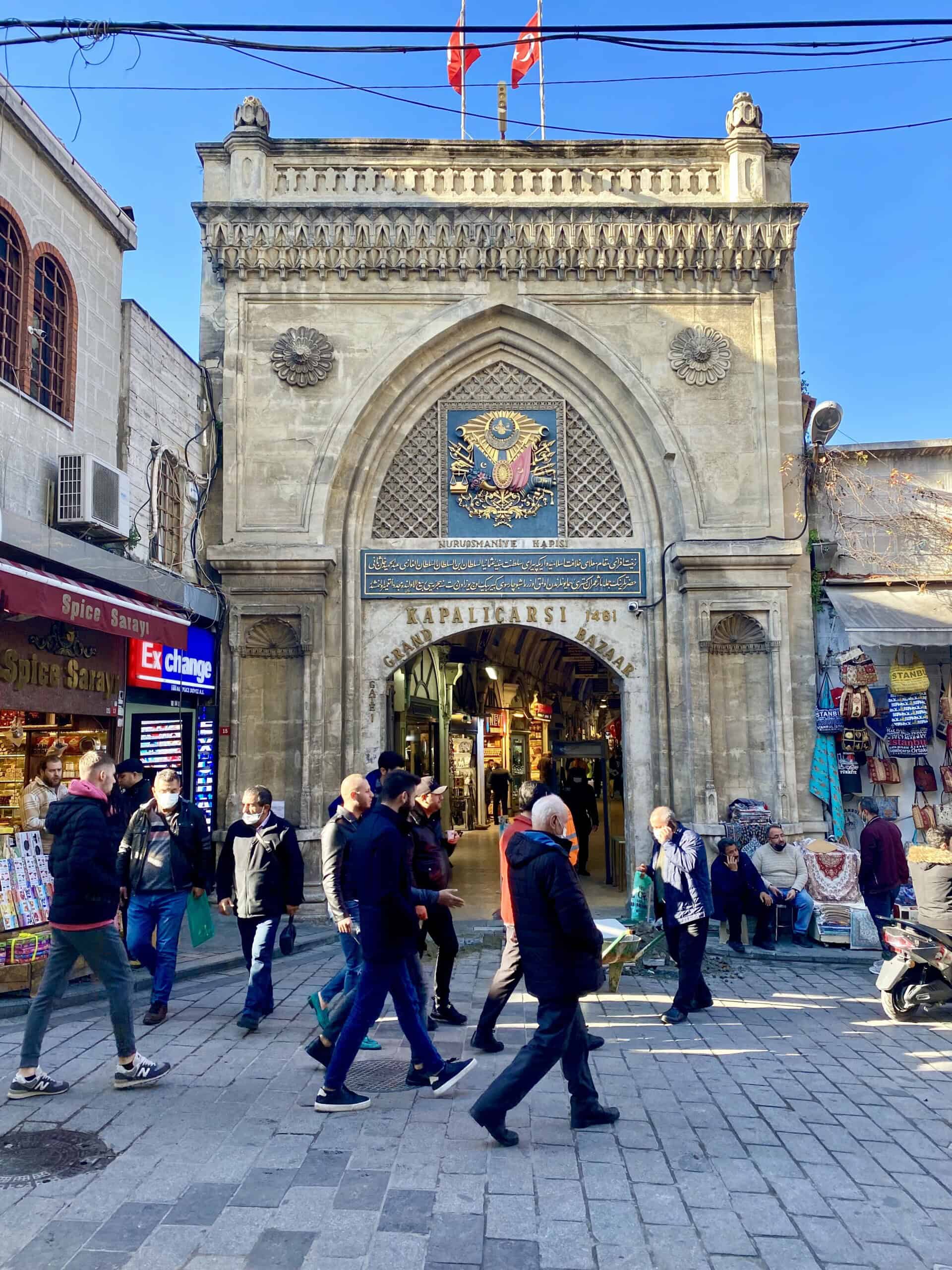
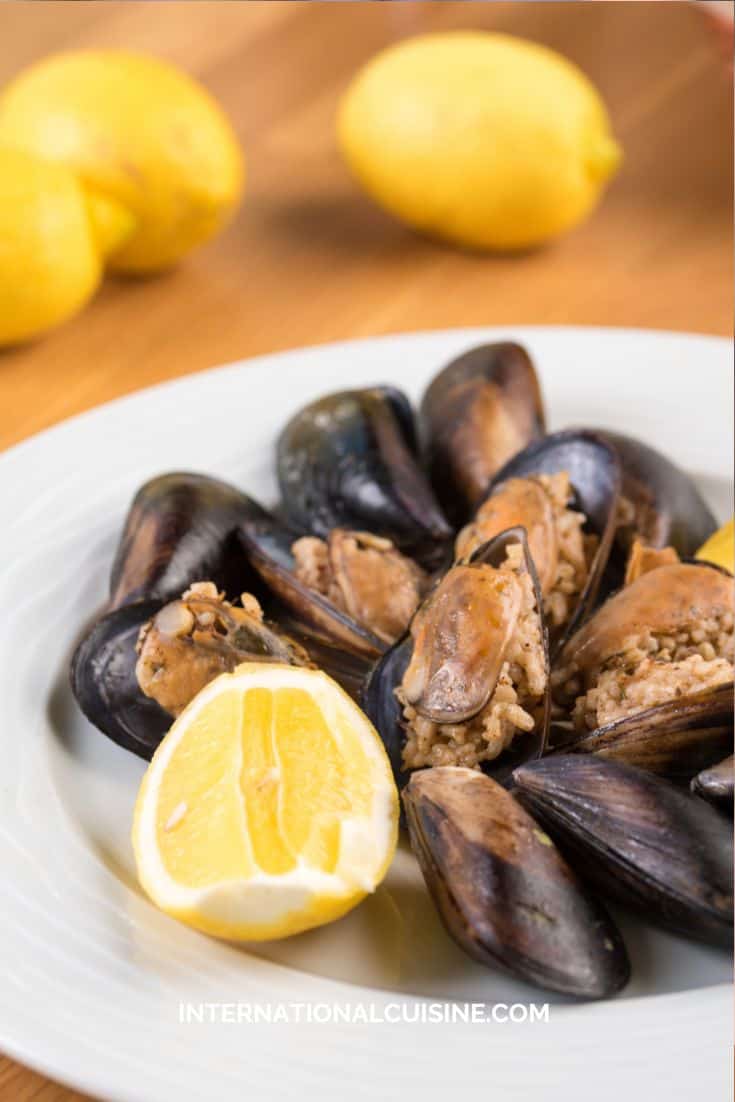
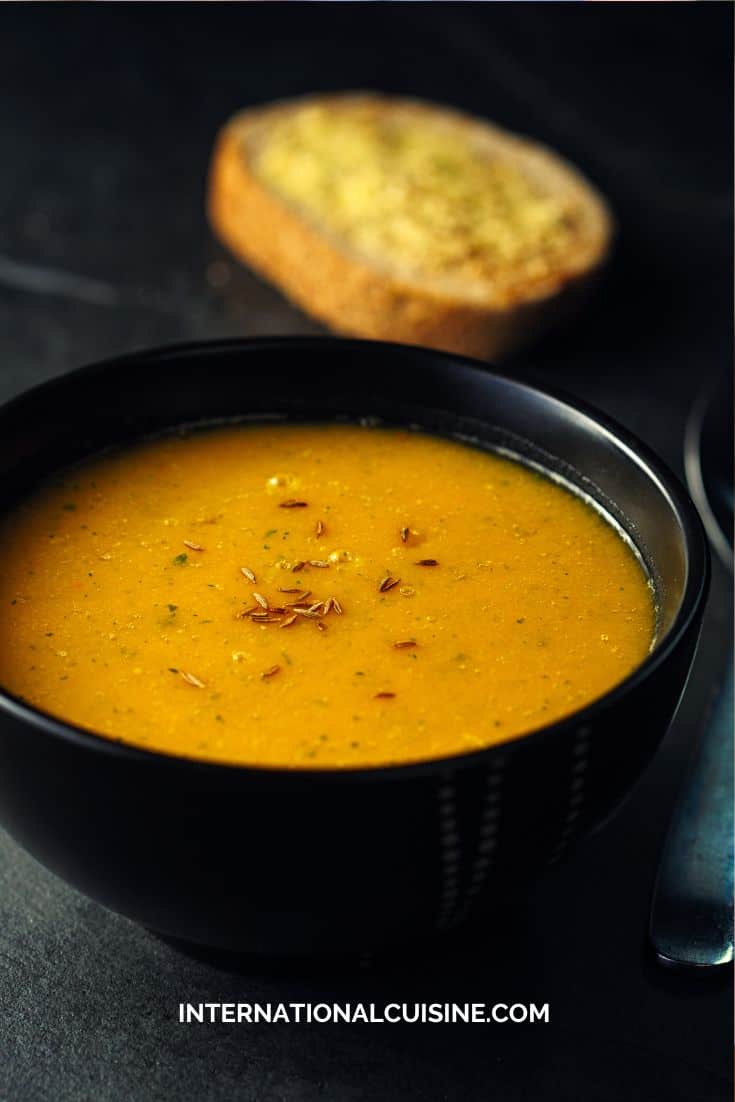
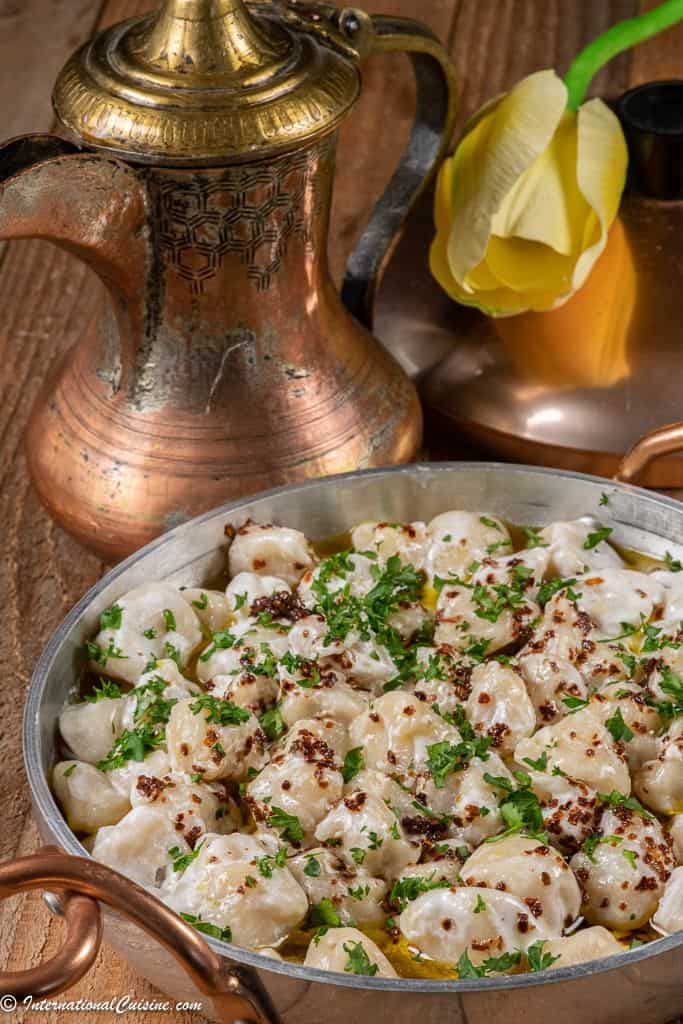
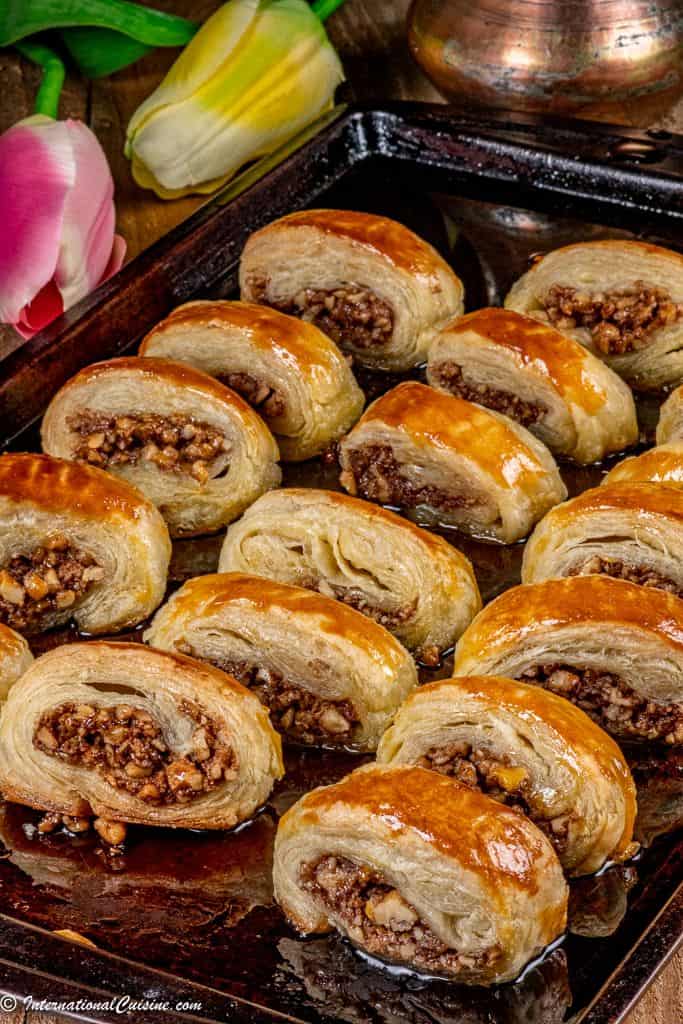
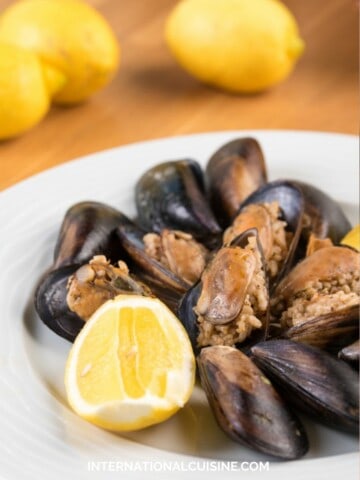
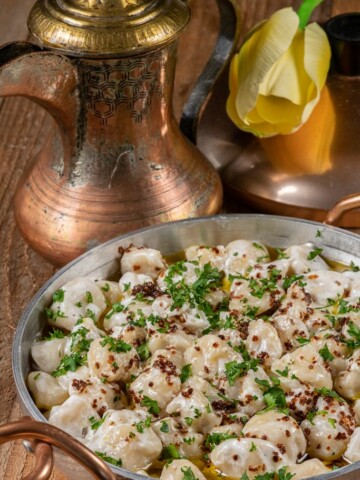
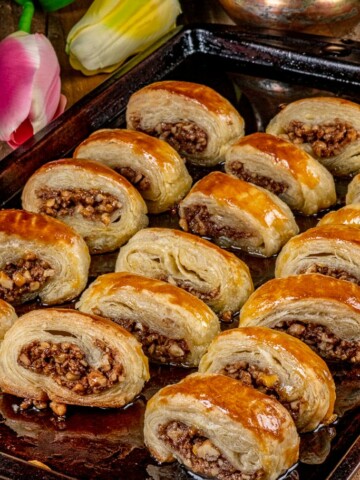
Wonderful. LoveTurkiye its food and music.
Your world recipes are a deight!
Thank You so much! I am so happy you are part of the journey!
We’ve been to Turkey twice nos - one in the Cappadocia region. The food is incredible, in fact I think Turkish cuisine is my favorite at this tine. The freshness and the flavors. And what they can do with yogurt is astounding!
https://chefmimiblog.com/turkish-eggs/